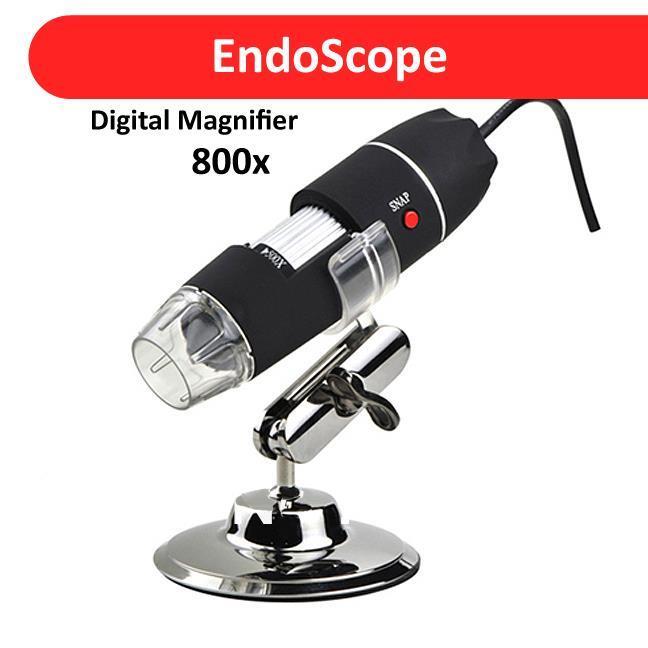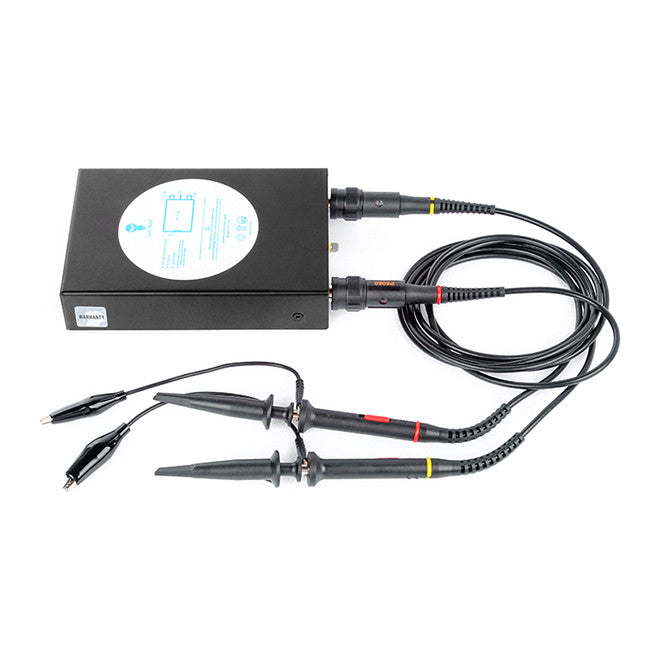
Hit auto to the right of the triggers, this will attempt to auto tune the time slice and the voltage and the trigger point. The single trigger is like a snapshot that is not updated, I never use it. Now you'll have a steady picture of an updated signal. Once you get a signal you like, set the trigger to normal, then on the right side of the graph drag the trigger bar down till the signal peak is below that line.
#DDS120 XSCOPE PORTABLE#
Think of the voltage adjustment as zooming in to fill the vertical, and the time as the horizontal. YEAPOOK Handheld Mini Portable Digital Oscilloscope 5012h Oscilloscope Kit with 100MHz Bandwidth 500MS/s Sampling Rate (ADS5012h EU) 265 2 offers from £84.99 Digital Oscilloscope with 2 Channels 7-inch TFT LCD Display, 120 MHz, 1GSA/S Sampling Rate Kiprim DS1202 20 1 offer from £189.


and from what ive seen on youtube the nano is pixeled pretty badly and i dont think that would. Sainsmart DDS120 vs DSO Nano 201 from what i understand i want to see the sinewave not sqaure off. Precision Logic supplies DDS120 for builds and repairs.

Next adjust the time and voltage till you get a decent signal filling up the graph. looking at buying an oscope to set my gains on my amps. DDS120, In Stock/Available Price and delivery. This will give you the 'live' display of the signal, and may jump left to right a bit as the time slice passes. Oh and make sure you have the latest version 1.3. Also make sure you have the switch in the right place for the x1 or x10 mode, one of mine didn't like to go into x1.Īnd the LFC adjustment wasn't visibly noticeable unless you where in x10 mode.


 0 kommentar(er)
0 kommentar(er)
